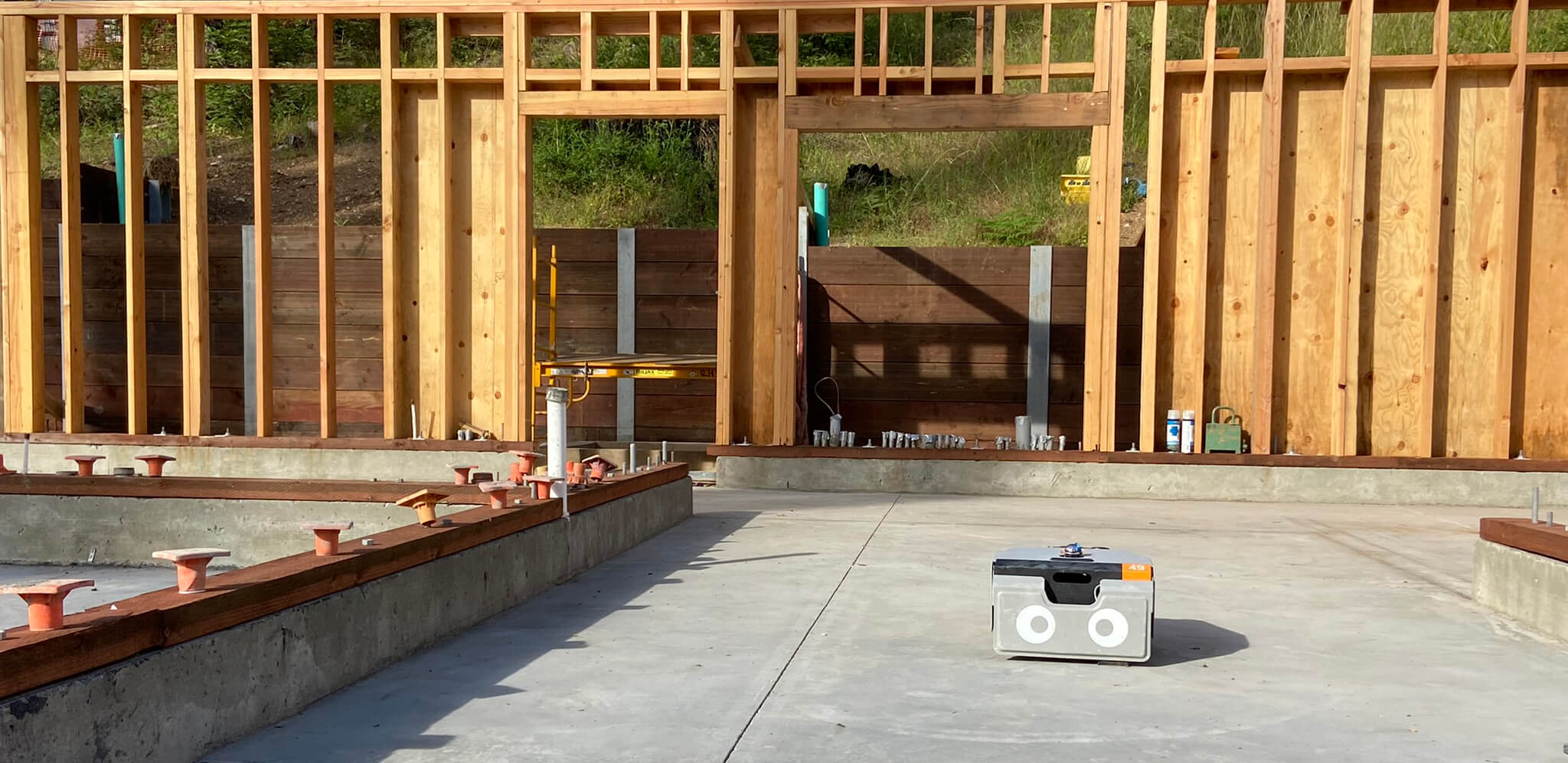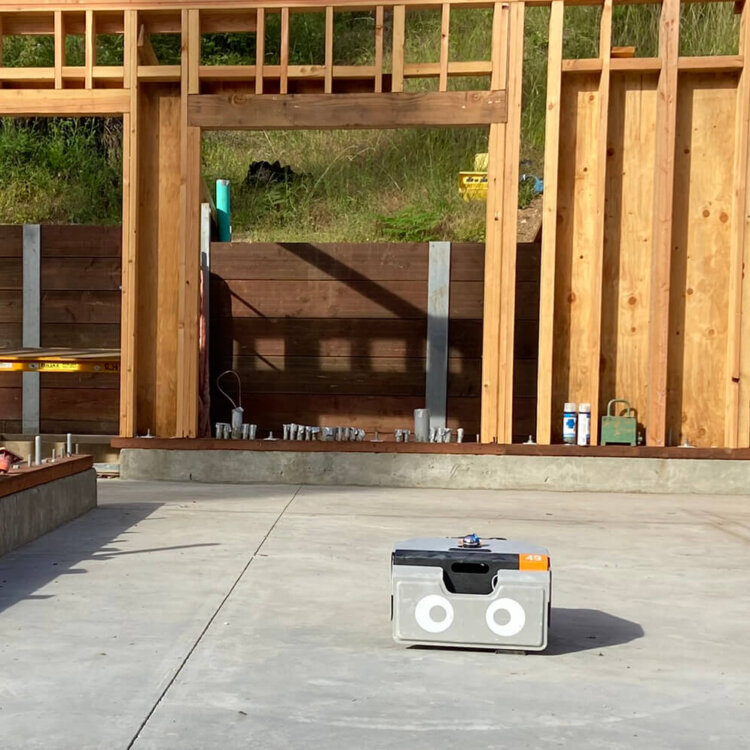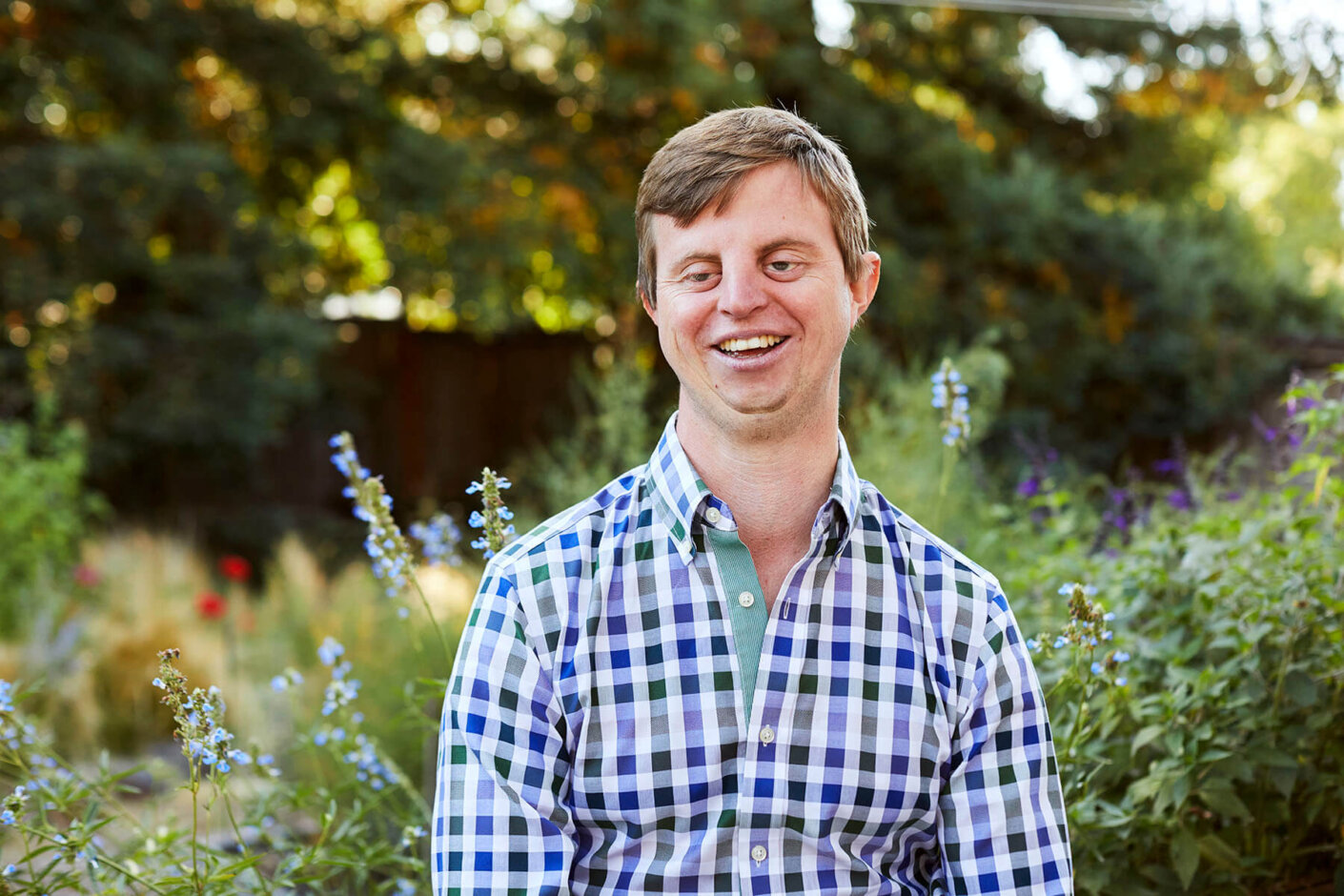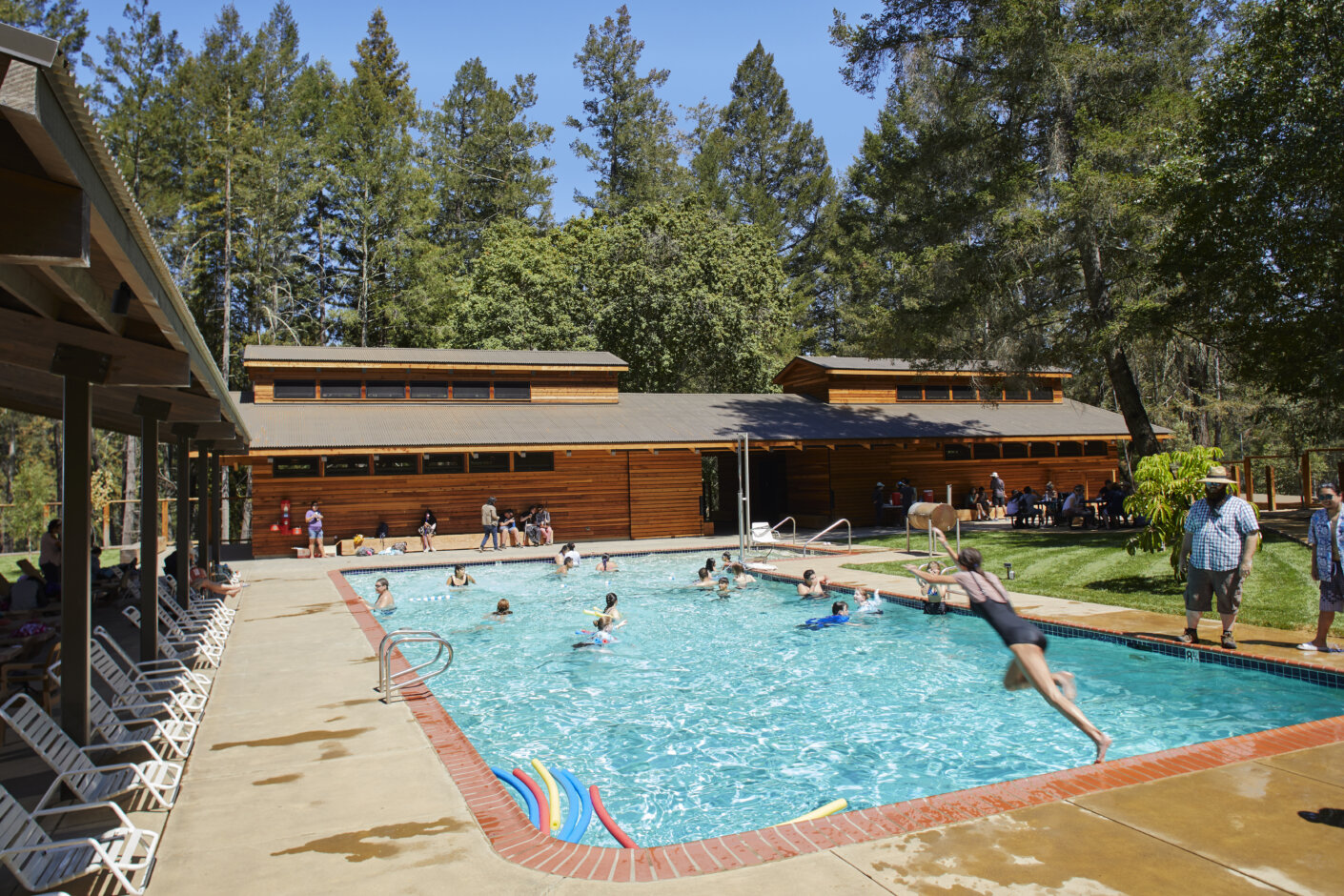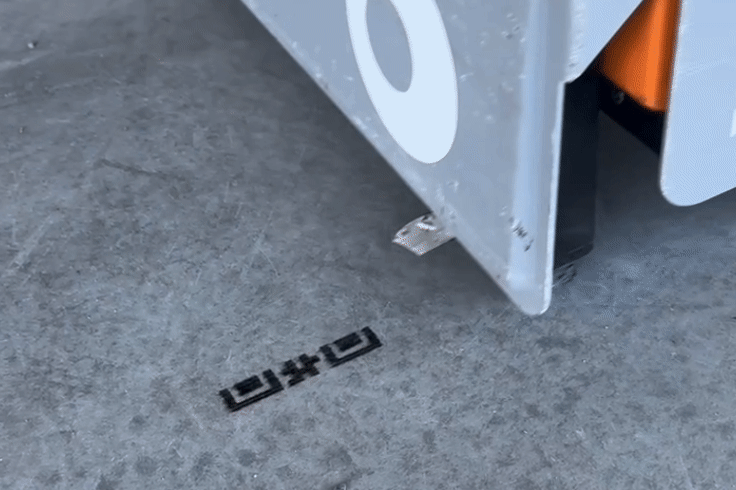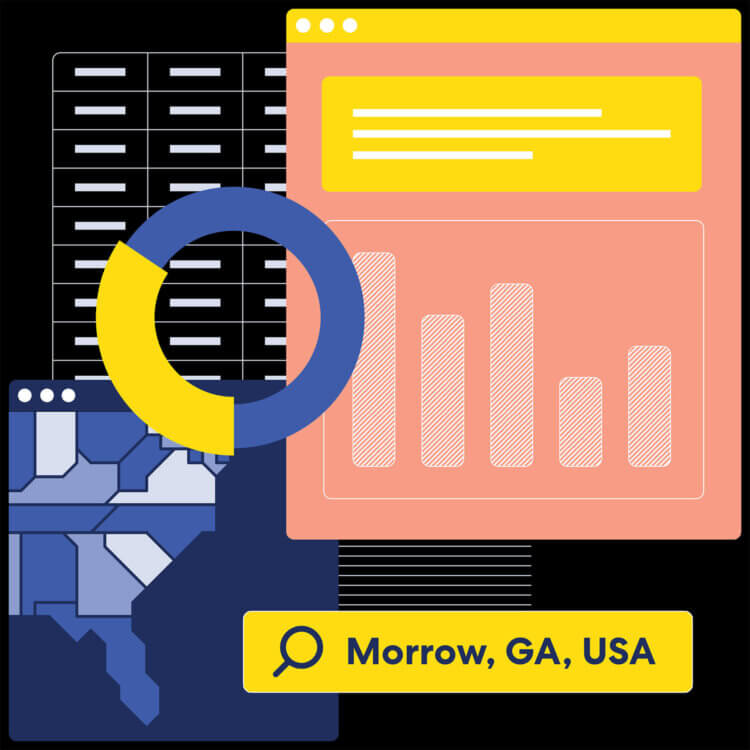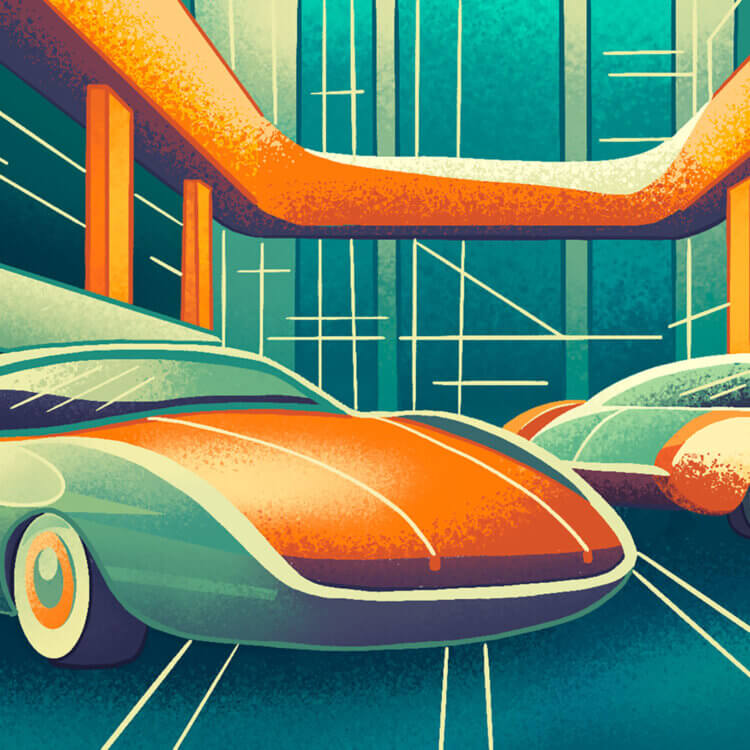Hoby Wedler was born completely blind. At age eight, he started going to Enchanted Hills Camp, a summer retreat operated by Lighthouse, a San Francisco-based nonprofit for the blind and visually impaired. Nestled in the forests west of Napa, California, the camp has been in operation since 1950 and is the oldest of its kind on the West Coast. Each year, it provides classes and experiences to about 450 campers who are blind, blind-deaf, or with low-vision or multiple disabilities—everything from hiking and horseback riding to chemistry classes and woodworking lessons. Blindness is more prevalent in poverty-stricken communities due to unequal access to healthcare, so Enchanted Hills invites all regardless of their ability to pay, with most of its campers coming from low- to moderate-income families. “It’s a safe space that also allowed us to feel a little uncomfortable,” says Wedler, who is now an instructor at the camp. “And that’s so important—to learn while not necessarily knowing how things are going to feel or happen.”
In 2017, a wildfire tore through the 311-acre camp, burning 20 of Enchanted Hills’ buildings to the ground. While devastated by this catastrophe, Lighthouse sought out the silver lining, determining to use the fire as impetus to update the 70-year-old facility. In January 2021, the county granted the nonprofit permission to rebuild, with the caveat that all permit applications were submitted by December of 2022. The race was on. Launching a capital campaign, Lighthouse knew that whatever it built on the site would have to be completed on a quick timeline and within the bounds of a tight budget. Little did they know that a shoebox-sized robot would roll in to lend a hand.
